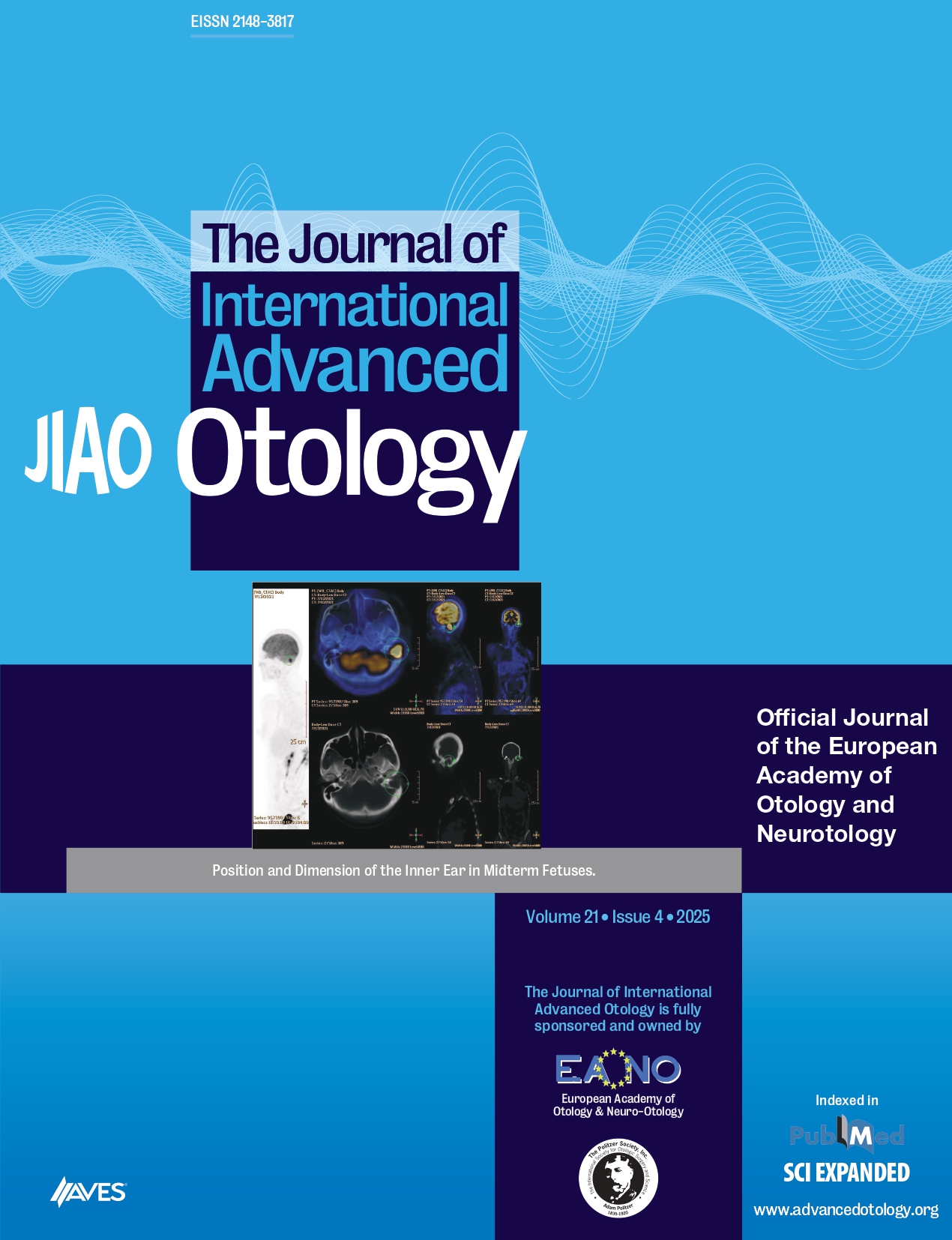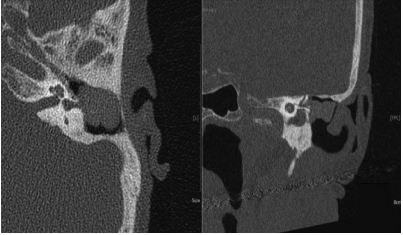Air–bone gaps (ABGs) are commonly found in patients with conductive or mixed hearing loss generally due to outer- and/or middle-ear diseases such as otitis externa, tympanic membrane perforation, interruption or fixation of the ossicular chain, and chronic suppurative otitis media. ABGs can also be found in correlation with inner-ear disorders, such as endolymphatic hydrops, enlarged vestibular aqueduct syndrome, semicircular canal dehiscence, gusher syndrome, cochlear dehiscence, and Paget disease’s as well cerebral vascular anomalies including dural arteriovenous fistula. The typical clinical presentation of inner-ear conditions or cerebral vascular anomalies causing ABGs includes audiological and vestibular symptoms like vertigo, oscillopsia, dizziness, imbalance, spinning sensation, pulsatile or continuous tinnitus, hyperacusis, autophony, auricular fullness, Tullio’s phenomenon, and Hennebert’s sign. Establishing a definitive diagnosis of the underlying condition in patients presenting with an ABG is often challenging to do and, in many patients, the condition may remain undefined. Results from an accurate clinical, audiological, and vestibular evaluation can be suggestive for the underlying condition; however, radiological assessment by computed tomography and/or magnetic resonance imaging is mandatory to confirm any diagnostic suspicion. In this review, we describe and discuss the most recent updates available regarding the clinical presentation and diagnostic workup of inner-ear conditions that may present together with ABGs.
Cite this article as: Scarpa A, Ralli M, Cassandro C, Gioacchini FM, Greco A, Di Stadio A, et al. Inner-Ear Disorders Presenting with Air–Bone Gaps: A Review. J Int Adv Otol 2020; 16(1): 111-6.



.png)
.png)
